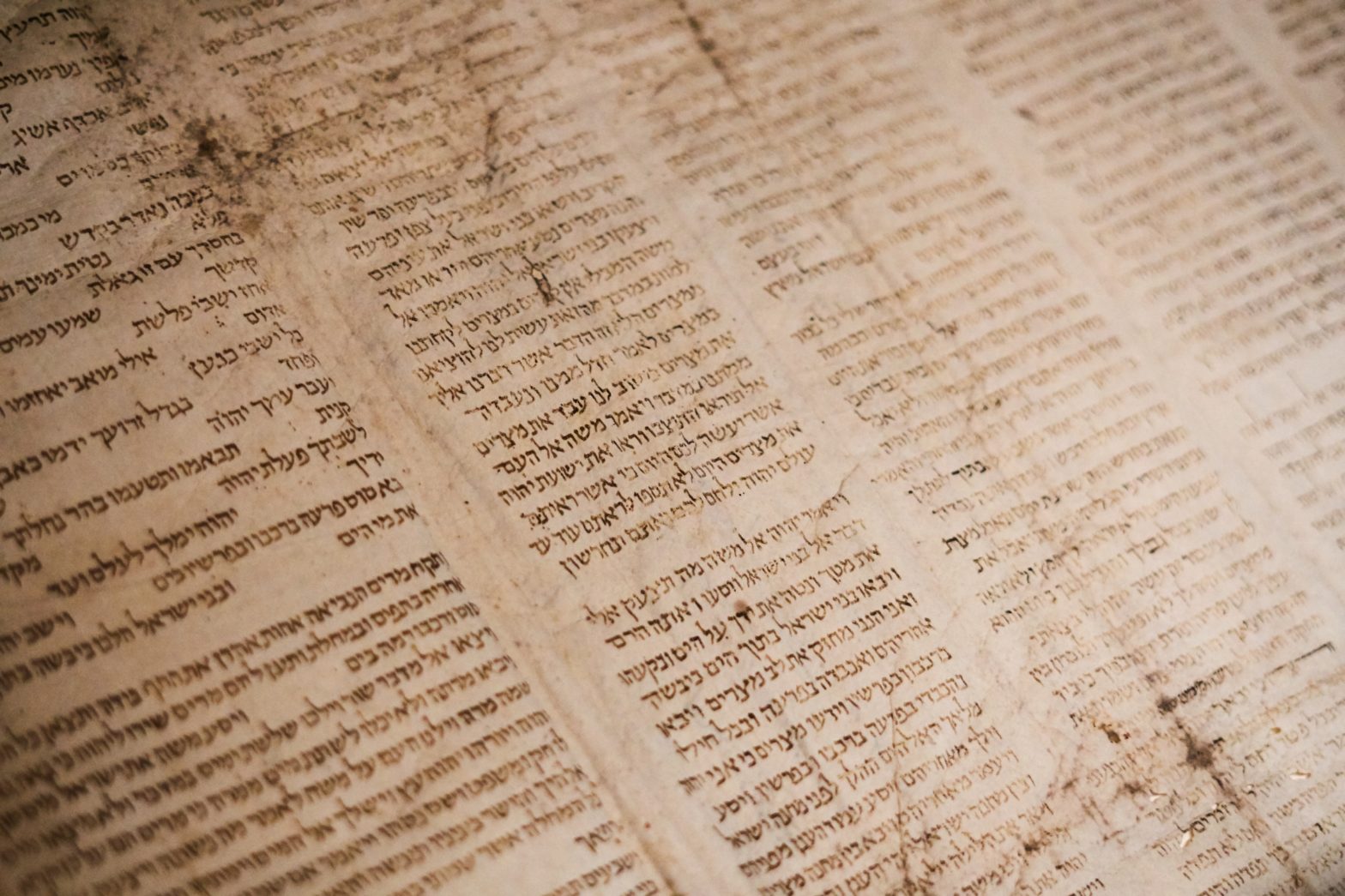“Rewritten Bible” is a fascinating phenomenon in Second Temple literature.1 Prime examples are often found in texts like Pseudo-Philo’s Biblical Antiquities, Josephus’s Jewish Antiquities, the Genesis Apocryphon, and others.
Discussions of “rewritten Bible” often focus on generic characteristics. The aim is to define what common thread(s) hold together this kind of literature.
The Hermeneutics of Rewriting
Such research is good and profitable. But it certainly isn’t the only dimension of this literature that’s worth exploring.
It’s also quite valuable to contemplate the hermeneutical process that produced a given “rewriting” of a biblical text.
When this process is brought to the fore, there’s also a readier basis for comparing these texts and their hermeneutics with Paul’s letters and his interpretive work in them.
Rewriting Boasting
For example, in both 1 Cor 1:31 and 2 Cor 10:17 Paul quotes the same maxim: “let the one who boasts boast in the Lord.”2
In 1 Cor 1:31, the quotation is direct and completes Paul’s claim that his argument is “just as it is written.” In 2 Cor 10:17, the quotation is indirect, but the wording is identical to 1 Cor 1:31.3
Wording like this occurs in Jer 9:23 (MT, OG; ET: v. 24). It also occurs in 1 Kgdms 2:10.
(Generally speaking, 1 Kingdoms is the Greek version of 1 Samuel. But the language Paul quotes to the Corinthians occurs only in the Greek text, not in the Hebrew.)
Among “rewritten Bible” texts, Pseudo-Philo transforms 1 Kgdms 2:10 (LAB 50:2). The Targum of the Prophets reworks Jer 9:23 (MT, OG; ET: v. 24; Tg. Neb. Jer 9:22–23).
Comparing how these works interpret their biblical base texts helpfully illuminates how Paul interprets one or both of these same base texts. In particular, it highlights the Corinthian letters’ world-restructuring narrative of divine action in Messiah Jesus.
If you want to read further, drop your name and email in the form below, and I’ll send you a copy of the full article.
Header image provided by Tanner Mardis. ↩
Translations here are mine. ↩
On direct and indirect quotations, see J. David Stark, Sacred Texts and Paradigmatic Revolutions: The Hermeneutical Worlds of the Qumran Sectarian Manuscripts and the Letter to the Romans, Jewish and Christian Texts in Contexts and Related Studies 16 (affiliate disclosure; New York: Bloomsbury T&T Clark, 2013), 48. ↩
